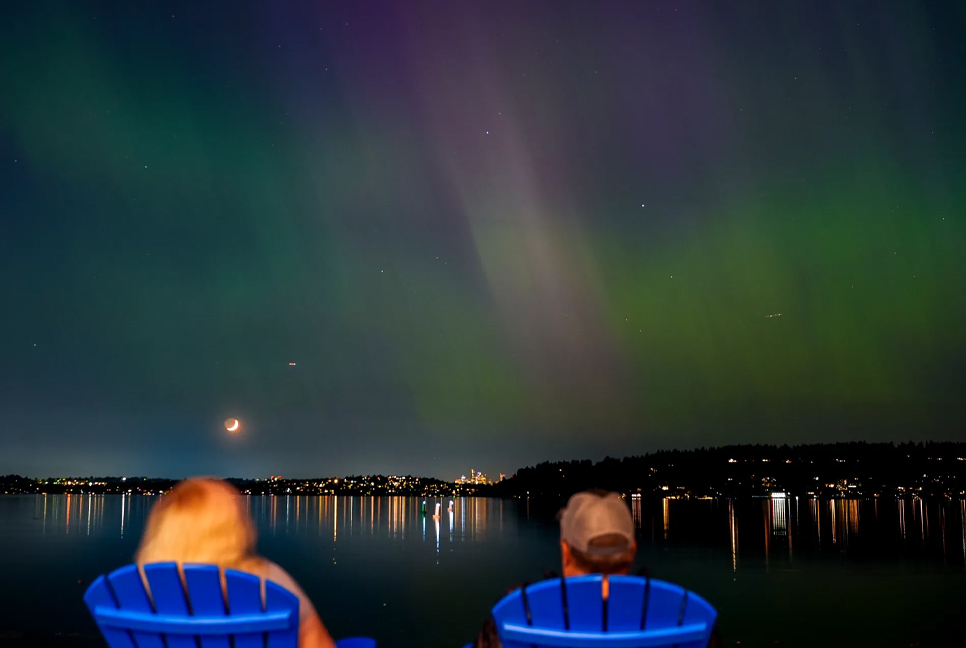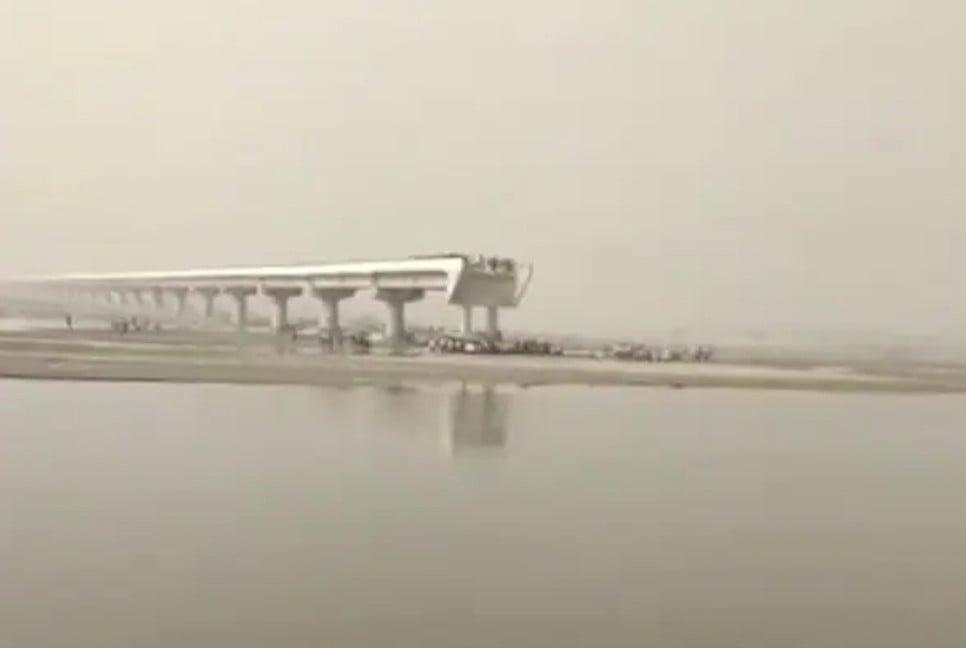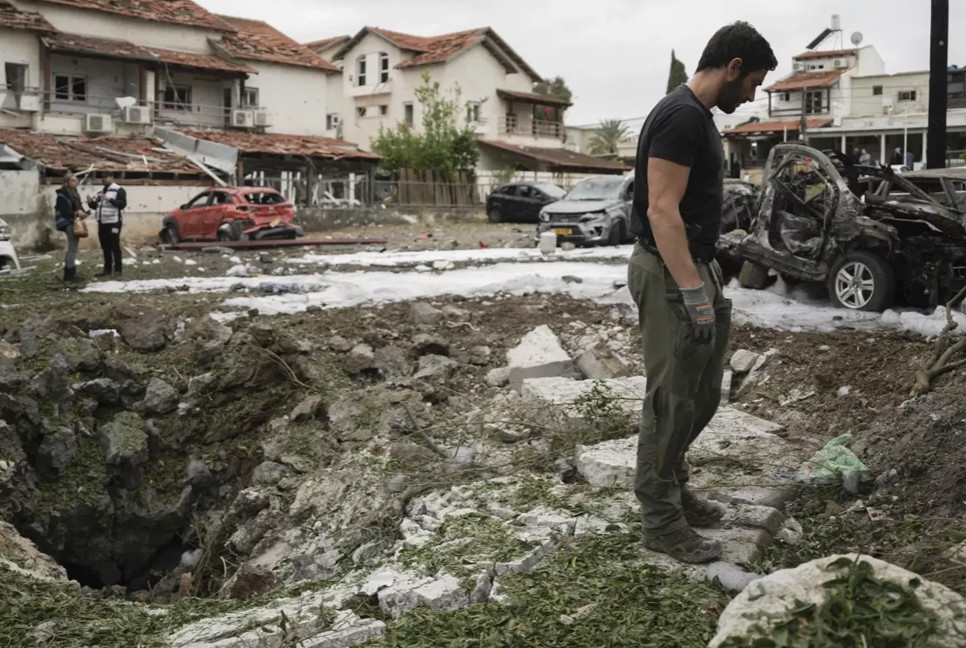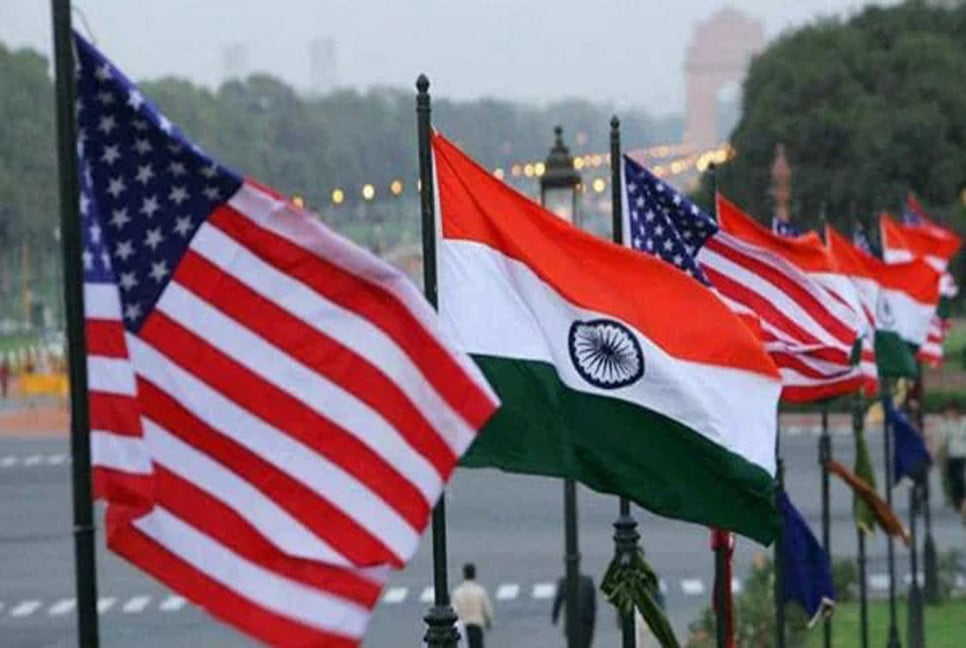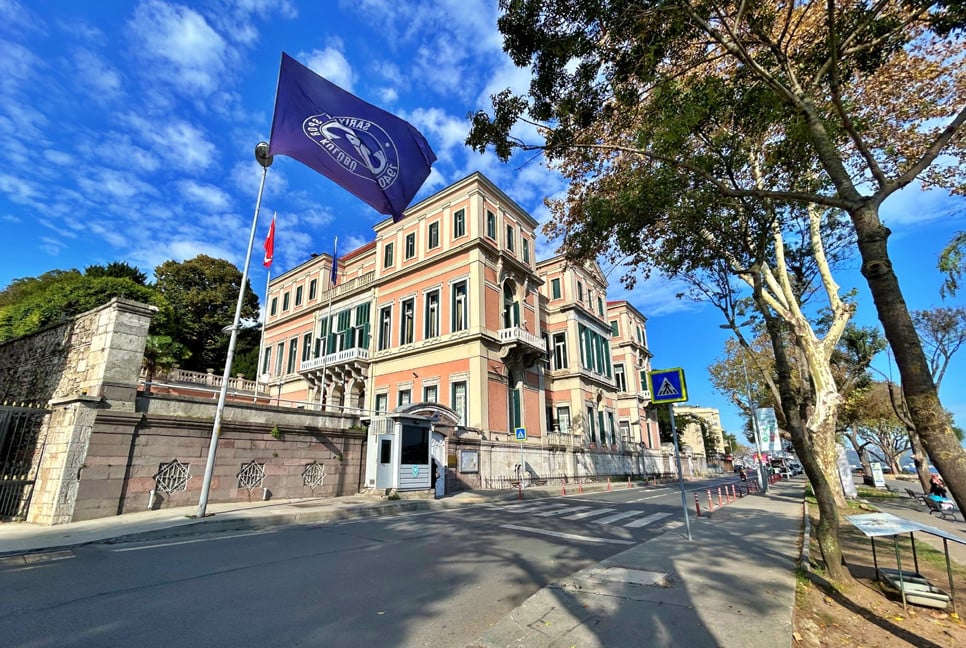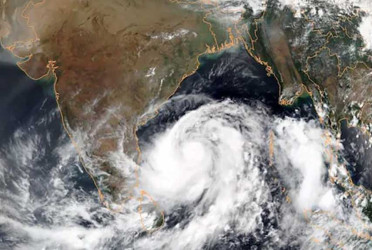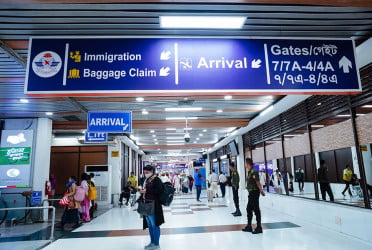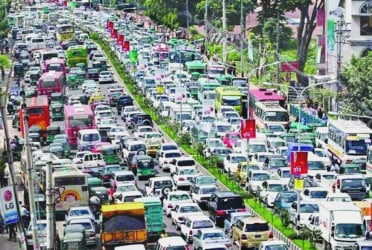A powerful solar storm put on an amazing skyward light show across the globe overnight but has caused what appeared to be only minor disruptions to the electric power grid, communications and satellite positioning systems, reports UNB.
The U.S. National Oceanic and Atmospheric Administration said extreme geomagnetic storm conditions continued Saturday, and there were preliminary reports of power grid irregularities, degradation of high-frequency communications and global positioning systems.
But the Federal Emergency Management Agency said that, so far, no FEMA region had reported any significant impact from the storms. The U.S. Department of Energy said Saturday it is not aware of any impact from the storms on electric customers.
NOAA predicted that strong flares will continue through at least Sunday, and a spokeswoman said via email that the agency's Space Weather Prediction Center had prepared well for the storm.
On Saturday morning, SpaceX's Starlink satellite internet service said on its website that service had been degraded and its team was investigating. CEO Elon Musk wrote on the social platform X overnight that its satellites were “under a lot of pressure, but holding up so far.”
Brilliant purple, green, yellow and pink hues of the Northern Lights were reported worldwide, with sightings in Germany, Switzerland, China, England, Spain and elsewhere.
In the U.S., Friday’s solar storm pushed the lights much farther south than normal. The Miami office of the National Weather Service confirmed sightings in the areas of Fort Lauderdale and Fort Myers, Florida. Meteorologist Nick Carr said another forecaster who lives near Fort Lauderdale photographed the lights and was familiar with them because he previously lived in Alaska.
People in Kansas, Nebraska, Iowa, Michigan, Minnesota and other Midwestern states were able to capture photos of bright colors along the horizon.
With the solar storm persisting through the weekend, Saturday night offered another chance for many to see the spectacle.
NOAA issued a rare severe geomagnetic storm warning when a solar outburst reached Earth on Friday afternoon, hours sooner than anticipated.
The agency alerted operators of power plants and orbiting spacecraft, as well as FEMA, to take precautions.
“For most people here on planet Earth, they won’t have to do anything,” said Rob Steenburgh, a scientist with NOAA’s Space Weather Prediction Center.
“That’s really the gift from space weather: the aurora,” Steenburgh said. He and his colleagues said the best views may come from phone cameras, which are better at capturing light than the naked eye.
Snap a picture of the sky, and “there might be actually a nice little treat there for you,” said Mike Bettwy, operations chief for the prediction center.
The most intense solar storm in recorded history, in 1859, prompted auroras in central America and possibly even Hawaii.
This storm poses a risk for high-voltage transmission lines for power grids, not the electrical lines ordinarily found in people’s homes, NOAA space weather forecaster Shawn Dahl told reporters. Satellites also could be affected, which in turn could disrupt navigation and communication services here on Earth.
Bd-pratidin English/Tanvir Raihan

